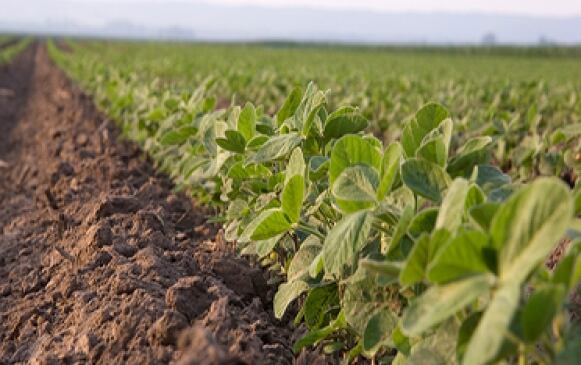“With steady and continuous growth since the economic downturn, the natural/organic industry’s growth has been in the range of 10% for the last four years’ of growth – a rate that surpassed the growth of the overall food industry,” according to a new report from the full service marketing company Acosta.
It attributes the growth, which placed natural and organic sales at more than $43 billion in 2015, in part to the establishment of the Organic Food Production Act in 1990 and the subsequent increase in availability.
“Natural/organic products have become a staple of retail food outlets all over the US,” including two-thirds of airport eateries, farmers’ markets and mainstream box stores, the report says.
But, it cautions, several significant challenges are stymieing the segment’s growth, including high prices, consumer confusion about what products are actually healthy and the difference between organic and natural and finally less than optimal placement in stores.
Reining in prices
More than 60% of consumers across channels agree that price is by far the biggest barrier to purchasing natural and organic products, according to Acosta. But, it also notes that this is changing.
“The price differential between conventional and natural/organic items is shrinking, making natural/organic more accessible,” it says.
It attributes this shift to three major factors:
- Increased competition among retailers in all channels to capture the natural/organic shopper;
- The basic theory that as demand increases so too will supply, which will drive down price; and
- The consolidation and acquisition of small natural brands by large companies that can buy supply in bulk, and therefore, offer deeper promotions.
Clearing up confusion
Price may by the largest barrier for organic and natural shoppers, but Acosta says, “the runner-up for the biggest barrier across all channels is ‘conflicting information/studies about products,’” Acosta notes.
“This is why it is so important manufacturers design their labels to be educational,” it says, noting labels are the main source of information for all channel shoppers.
“Shoppers also seek information from other sources like signage within stores, friends/family, the media and Internet searches, but product packaging is by far the most influential,” it adds.
Industry also needs to use packaging to clarify the value difference between natural and organic, which is a related point of concern, Acosta adds.
Strategic placement in stores
As natural and organic products increasingly filter into mainstream and other channels, brands and manufacturers need to optimize in-store placement to maximize sales, Acosta says.
“Another marketing question challenging traditional grocery and mass retailers is whether to intersperse natural/organic items on the shelves with conventional items, segregate them into their own section” or both, the company writes.
Currently, shoppers prefer them to be separate, but this could change as 60% of millennials prefer them to be integrated with conventional products sold alongside organic options, Acosta concludes.

SUPPLY AND DEMAND: According to a new report from Cobank, 'Organic and Non-GMO Specialty Grains: Assessing the Impact and Opportunity for Growers,' increasing demand for organic and non-GMO foods led to a sharp rise in organic grain imports in 2016—prompting food manufacturers to explore new incentives for US growers transitioning to organic production.
"While US production of non-GMO crops has risen, domestic production of organic corn and soybeans remains well short of demand," said Cobank, which estimates that for US farmers to satisfy this growing appetite for organic foods, between one and five million US acres would have to be transitioned to organic production.
"Imports of organic grains, particularly corn, from countries such as India, Ukraine, Romania, and Turkey surged in 2016 ... Organic corn imports more than doubled from 2015 to 2016 and accounted for nearly one-half of the US organic corn supply. The domestic shortfall for organic soybeans was even greater, with roughly 80% of soybeans supplying the US organic market imported in 2016."
